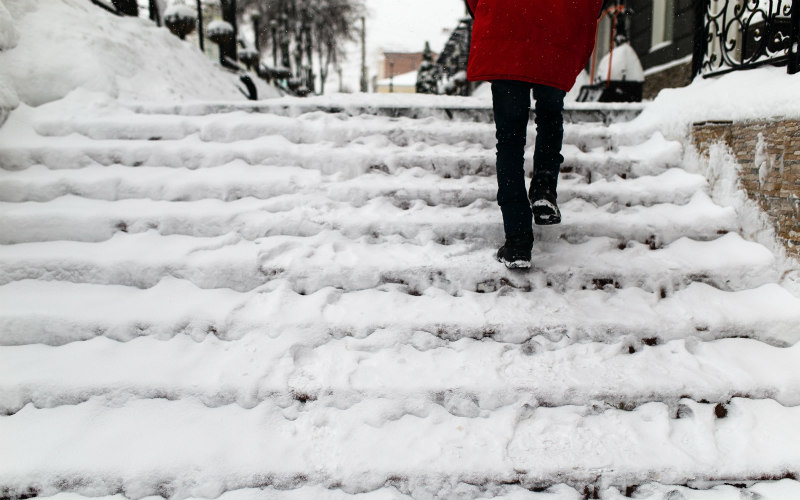
The risks of tripping and slipping increases hugely during the winter months, as icy conditions make pathways and roads a treacherous slip and slide.
It is therefore important to know how much you can rely upon the Council to take safety precautions, and how far they must go to ensure the safety of our public highways.
Local Authorities publish ‘Winter Maintenance’ plans, which give a detailed explanation of the precautions the council intends to take to prevent danger or injury in the winter months. A quick search in google brings up hundreds of detailed plans on how they are planning to approach the winter months.
Gritting or salting the surfaces is an important part of prevention of potential accidents. Councils include in their winter maintenance plan details on how they are to approach ice and gritting. It is made clear where and when this gritting shall take place. This is important, as it allows both the injured and the council to determine where the duty lies and whether, in the event of an accident, the council failed in their standard duty of care.
The Well Maintained Highways Code from 2005 sets out clear guidelines of what is achievable for councils in maintaining levels of road and pavement and winter maintenance throughout the United Kingdom. These guidelines are put in place as it is often difficult for councils to ensure that all ice or harsh conditions are treated. With a lack of resources, councils cannot be expected to cover the full extent of areas that they oversee.
Cases such as Pace v Swansea City and County Council, show how the court approaches winter slipping cases. In that case, it was decided that the council had followed the 2005 Code, and could not be expected to eliminate all risk of ice forming on roads. While prevention, in the form of gritting could have been provided, it was at an entirely unrealistic and undesirably economic and environmental cost.
In the case of highway roads, it is clearly far more important for councils to ensure that these are properly gritted. Cars have a much higher capability of causing damage than a pedestrian. Therefore claims in regards to vehicles are more likely to be successful, depending on the type of road.
In regards to pedestrians, it is much harder to make a claim against your local authority. The Roads (Scotland) Act 1984 requires that “Roads Authority shall take such steps as they consider reasonable to prevent snow and ice endangering the safe passage of pedestrians and vehicles over public roads.” Therefore the Councils duty of care is the standard common law duty of reasonable care. Local authorities will not, therefore be expected to grit or salt every inch of road first thing in the morning. Local authorities will give priority to main roads over suburban streets, further down the list of priorities would be less frequented areas of your local vicinity.
But what about private premises? Car parks, private paths or entrances of shops can be generally seen as a hazard if left uncleared or treated. However, the existence of such a hazard does not lead to an automatic rise in a claim. The duty of an occupier is to take reasonable care for the safety of people using their premises. The occupier must have knowledge of a hazard and have done nothing about it to have the possibility of a successful claim.
Take care when you are walking on snow or ice as the surface may not have been treated.
If you have been injured by slipping or tripping on an untreated pathway then call Michelle Adam on 0131 225 8705, email madam@thorntons-law.co.uk for advice on making a claim for compensation. Alternatively, contact any member of the Personal Injury team.
